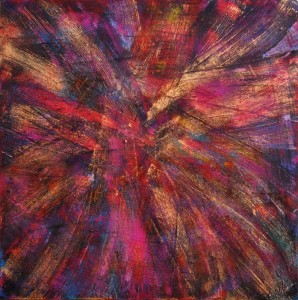Art that Resin-ates.
Hello painters, today i thought I’d write a quick post about something that might ‘RESINate’ with you. 🙂
Resin is a hydrocarbon secretion which comes from plants, trees in particular. Resin binds fibres together. It provides a boundary against weather, water and chemicals. It dries clear and hard, and gives a glossy protective finish. It’s thicker than varnish and drys quicker than drying oils, meaning you get a re-workable surface much quicker.
So resin art has a greater finish clarity in comparison with drying oils. But take note, whilst resin is clear, some have a yellow tinge. Completely opaque resin is available, best to check with your art paint retailer. Along side the finishing uses, resin can be mixed with pigment and used as a painting medium. When mixed, resin dilutes the paint without over thinning it, and causes it to dry faster. It’s best used in paintings that require multiple layers.

‘Blazing Lights’ by Jodie Lyle. Mixed media and epoxy resin on canvas.
There are many types of resin… which is the best to use for painting with resin? The most commonly used is Epoxy Resin. It’s the cured end product of mixing a hardener with resin. Epoxy resin is normally sold in two parts. The resin by itself has many uses including diluting paint, as I mentioned before. Once both parts are mixed together, and cross links are formed, the consistency of the liquids change to a gel like texture. Creating artwork with Epoxy resin is great because you don’t need a respirator mask to use it, and it’s widely available. I’t’s also very forgiving in regards to environmental factors, such as humidity.
If you are going to use resin in your art we’d encourage you to do further research, and be safe with your experimentation! Happy painting. 🙂

‘Afternoon Delight’ by Annette Spinks. Mixed media and resin on canvas.













Thanks for this informative article about resin!
Is resin good for protecting paintings that have pastels used on them.
Hi Joanne,
With pastel works, we would recommend using a spray adhesive. When it comes to framing your work, be sure to use a mount that separates the artwork from the glass, as it will allow space for excess to fall into the gap. Hope this helps!
Such a nice article about resin. I personally colour my resin with powder pigments, where you can also get in metallic colours.